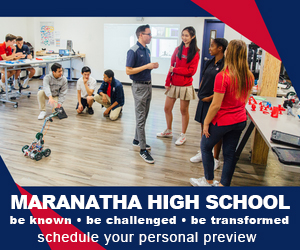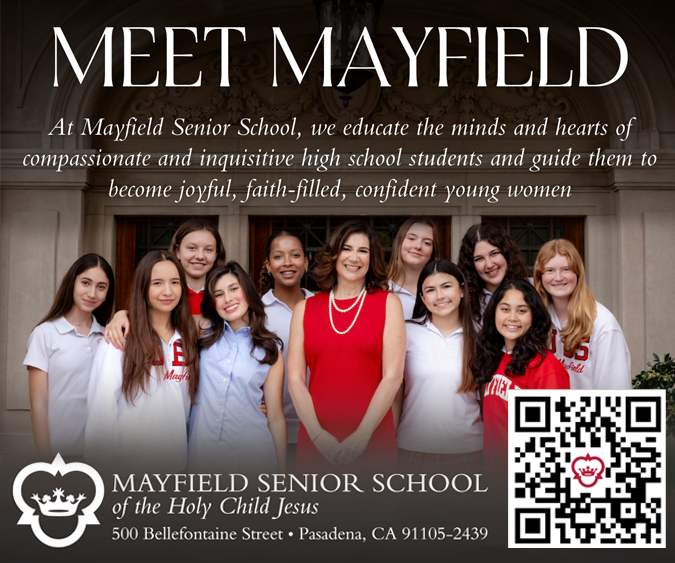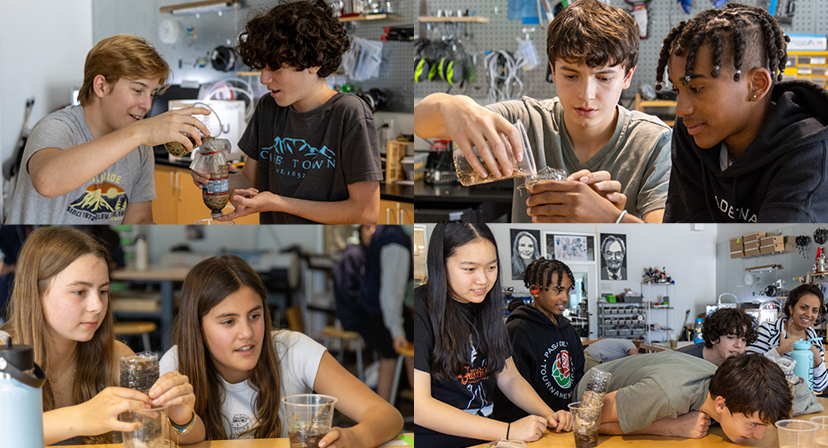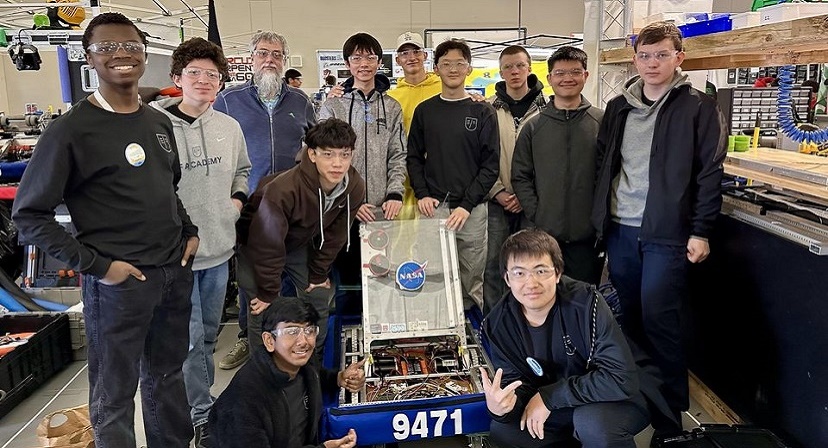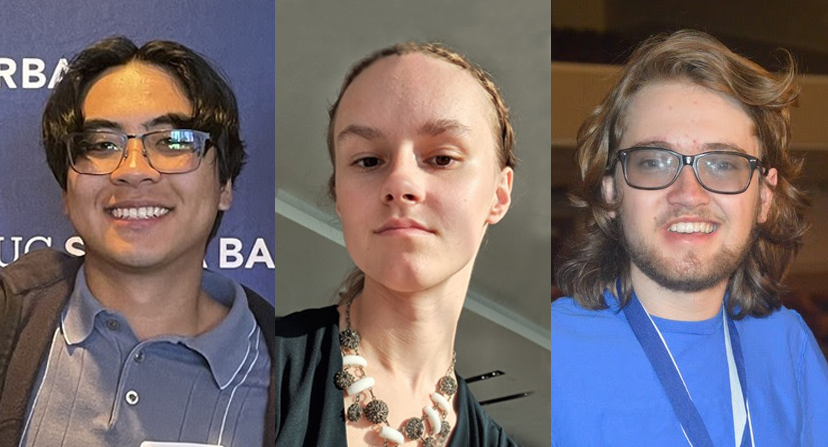Learn Critical Skills with Design Thinking
Although Design is most often used to describe an object or end result, Design in its most effective form is a process, an action, a verb not a noun. It’s protocol for solving problems and discovering new opportunities taught in schools.
Techniques and tools differ and their effectiveness is arguable but the core of the process stays the same. That it is a most powerful tool and when used effectively, can be the foundation for moving forward and has many applications in solving social problems as well as in the business world. Sequoyah School’s Social Innovation Program focuses on using design thinking to drive social change and help the community.
1. Observe and empathize – this step is critical to helping students understand the situation by being active listeners and getting to know the stakeholders involved. Instead of assuming that they know the problem, students start by being observers so that they can better understand and empathize with the stakeholders before proposing solutions.
2. Define the problem – sounds simple but doing it right is perhaps the most important of all the four stages. Another way to say it is defining the right problem to solve. Design thinking requires a student to clarify the problem and define its scope before moving forward.
3. Create and consider options – Even the most talented teams sometimes fall into the trap of solving a problem the same way every time. Especially when successful results are produced and time is short. Design thinking requires that no matter how obvious the solution may seem, many solutions should be considered – looking at a problem from more than one perspective always yields richer results.
4. Refine directions – A handful of promising results need to be embraced and nurtured. Even the strongest of new ideas can be fragile in their infancy. Design thinking allows their potential to be realized by creating an environment conducive to growth and experimentation, and the making of mistakes in order to achieve out of the ordinary results.
5. Execute – At this point enough road has been travelled to ensure success. It’s the time to commit resources to achieve the early objectives. The by-product of the process is often other unique ideas and strategies that are tangential to the initial objective as defined. Prototypes of solutions are created in earnest, and testing becomes more critical and intense.
6. Evaluate the impact – implementing a solution is not the end of a design thinking cycle. Students are encouraged to understand design thinking as a process not a linear model – so they can continually reevaluate and reassess the situation and impact that they are having by getting feedback from stakeholders and iterating on previous designs.
The Sequoyah School teaches Design Thinking in their Social Innovation Program (SIP.SIP helps students develop empathy and to be effective collaborators and change makers. Through the program, Sequoyah’s staff encourages students to cultivate their individual passions and develop their interests in making a difference in the world.
The Sequoyah School is located at 535 South Pasadena Avenue, Pasadena. Call (626)
795 4351 or visit www.sequoyahschool.org for more information.






